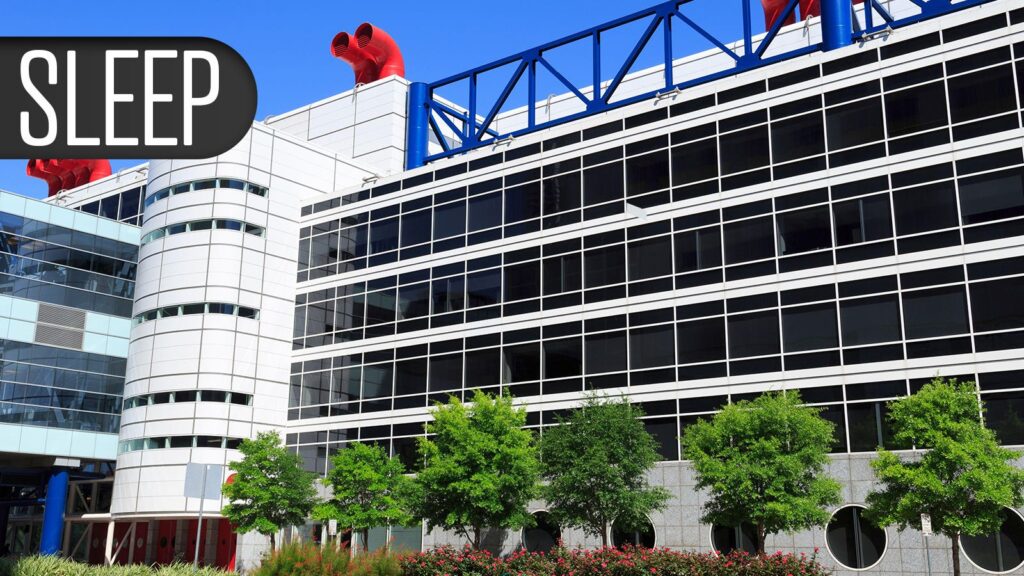HOUSTON — A liberal oxygen intervention to induce hyperoxia improved respiratory disturbances in post-operative patients during recovery from anesthesia, results from a small single-blind trial revealed.
In the 10-patient study, treating to an oxygen saturation of 96% or more roughly halved respiratory disturbance events compared with a conservative target of 90-94% oxygen saturation (median 22 vs 31 respiratory disturbance index events per hour, P=0.0156), reported Scott Kutscher, MD, of Stanford University School of Medicine in California, at the annual SLEEP meeting hosted jointly by the American Academy of Sleep Medicine and the Sleep Research Society.
This difference met the primary endpoint and remained significant following adjustments for the minimum effective analgesic concentration of the total amount of opioids administered to each patient (P=0.007).
The study’s other primary endpoint, transcutaneous PCO2 (TcPCO2), didn’t come out significantly different between the conservative and liberal groups (46.3 vs 45.7 mm Hg, P=0.3235).
Some secondary endpoints favored hyperoxia, including mean arterial pressure during intervention sessions (95 vs 92 mm Hg, P=0.0338), oxygen pressure (302 vs 89 mm Hg, P
>>> Read full article>>>
Copyright for syndicated content belongs to the linked Source : MedPageToday – https://www.medpagetoday.com/meetingcoverage/sleeppulm/110528
